"L'Imparfait," "the imperfect," tense is used to describe repetitive past occurrences. An example of this could be: "Je jouais rugby dimanche." While "Passé Composé" is a tense used to describe something that happened ONCE in the past. An example of this could be: "J'ai mangé le pizza fromage vendredi soir."
Regular.
parler - je - ais Je parlais
tu - ais Tu parlais
il/elle/on - ait Il parlait
nous - ions Nous parlions
vous - iez Vous parliez
ils/elles - aient Elles parlaient
finir - je - iss - ais Je finissais
tu - iss -ais Tu finissais
il/elle/on - iss - ait Il finissait
nous - iss - ions Nous finissions
vous - iss - iez Vous finissions
ils/elles - iss - aient Elles finissaient
répondre - je - ais Je répondais
tu - ais Tu répondais
il/elle/on - ait Il répondait
nous - ions Nous répondions
vous - iez Vous répondiez
ils/elles - aient Elles répondaient
Irregular.
Regular.
parler - je - ais Je parlais
tu - ais Tu parlais
il/elle/on - ait Il parlait
nous - ions Nous parlions
vous - iez Vous parliez
ils/elles - aient Elles parlaient
finir - je - iss - ais Je finissais
tu - iss -ais Tu finissais
il/elle/on - iss - ait Il finissait
nous - iss - ions Nous finissions
vous - iss - iez Vous finissions
ils/elles - iss - aient Elles finissaient
répondre - je - ais Je répondais
tu - ais Tu répondais
il/elle/on - ait Il répondait
nous - ions Nous répondions
vous - iez Vous répondiez
ils/elles - aient Elles répondaient
Irregular.
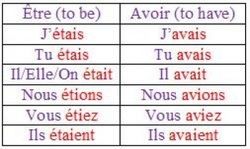
"Être" and "avoir" are both irregular imparfait verbs. They are irregular verbs, because they have different bases/stems than usual, but their conjugation endings are the same.

"Faire" is an irregular verb, because it also, like être and avoir, has an irregular base/stem, but the normal conjugation endings.
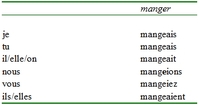
"Manger" is an irregular verb, because its base/stem includes the "e." For example, Manger - Mange - Je mangeais le pizza.
"Aller" and "croire" are both irregular verbs, because they too have different bases/stems than usual. Their conjugation endings are the same though.
Aller:
J'allais
Tu allais
Il/Elle/On allait
Nous allions
Vous alliez
Ils/Elles allaient
Croire:
Je croyais
Tu croyais
Il/Elle/On croyait
Nous croyions
Vous croyiez
Ils/Elles croyaient
Aller:
J'allais
Tu allais
Il/Elle/On allait
Nous allions
Vous alliez
Ils/Elles allaient
Croire:
Je croyais
Tu croyais
Il/Elle/On croyait
Nous croyions
Vous croyiez
Ils/Elles croyaient

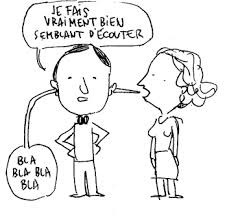
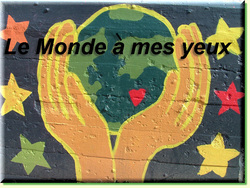
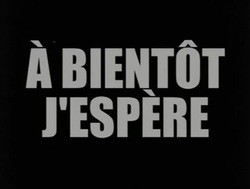
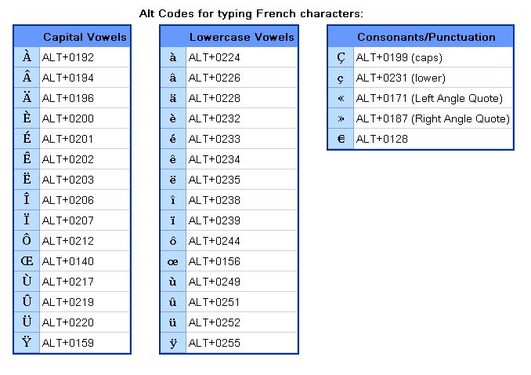

 RSS Feed
RSS Feed